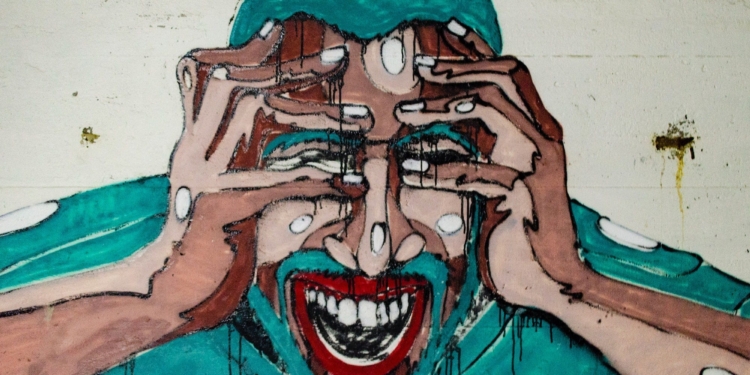Contents
- 1 Types of PTSD
- 2 Symptoms of PTSD
- 2.1 Negative Changes in Mood
- 2.2 Avoidance Symptoms
- 2.3 RelatedPosts
- 2.4 The SHA/SHIF Controversy: How Kenya’s Public Health System Was Crippled
- 2.5 W.H.O Declares Mpox a Global Health Emergency: Critical Facts You Need to Know
- 2.6 A New Era in Healthcare as Biden and Harris Announce Lower Drug Costs for Millions of Americans
- 2.7 Intrusive Memories Symptoms
- 3 The Treatment of PTSD
What is Post-Traumatic Stress Disorder, PTSD?
Post-traumatic stress disorder or PTSD is a mental health disorder caused by a traumatic event that can happen either by witnessing or experiencing it. Symptoms can entail uncontrollable thoughts about the event, severe anxiety, nightmares, and flashbacks.
Diagnosis of PTSD
Most individuals who go through such events have a difficult time dealing with the disorder, but with support and time, they can get better. An individual may have PTSD if the symptoms curtail their daily living, continue for years, or get worse.
One should visit the nearest medical facility and have their symptoms assessed for an informed diagnosis. Getting effective treatment on the onset of symptom development can improve function and reduce symptoms.
Types of PTSD
- Complex PTSD is found in individuals who have undergone prolonged stressful situations, especially as children. Such individuals often get diagnosed with dissociative disorders.
- Comorbid PTSD is often linked with at least one other disorder, such as anxiety disorder, panic disorder, and depression.
- Uncomplicated PTSD that involves emotional numbing, avoidance of things associated with the trauma, and persistently reliving an event.
- Acute stress disorder PTSD is characterized by dissociation, mental confusion, and difficulty maintaining relationships and work.
- Lastly, a normal stress response that occurs when healthy adults experience bodily distress and tension are cut off from relationships, become emotionally numb, and undergo intense bad memories.
Symptoms of PTSD
The symptoms can be categorized into negative mood and thinking, changes in emotional and physical reactions, avoidance, and intrusive memories. These symptoms can be different for different individuals and vary over time. Shifts in emotional and physical reactions include overwhelming shame and guilt, irritability, and sleep problems.
Negative Changes in Mood
Negative changes in mood and thinking include decreased interest in activities that an individual previously enjoyed. They also include the following.
- Difficulty sustaining close relationships.
- Memory flaws, including not remembering parts of the stressful event.
- Hopelessness about the future and negative thoughts regarding the world, others, and oneself.
Avoidance Symptoms
Avoidance symptoms include avoiding people, activities, or places that remind the individual of the stressful event.
Intrusive Memories Symptoms
Symptoms of intrusive memories may consist of the following.
- Severe physical reactions to things and events that remind the person of the event.
- Emotional distress.
- Upsetting nightmares or dreams.
- Flashbacks entailing a reliving of the event.
- Unwanted and recurrent distressing memories and thoughts about the event.
The Treatment of PTSD
The three main types of therapies for treating PTSD include group therapy, eye movement desensitization and reprocessing, EMDR, and cognitive behavioral therapy.
Group Therapy
Group therapy is used and can help an individual suffering from PTSD understand the condition and learn to deal with its symptoms.
Eye Movement Desensitization and Reprocessing, EMDR
EMDR is a new treatment that has been shown to minimize the symptoms and utilizes finger movement while remembering the event.
Cognitive Behavioral Therapy
Lastly, Cognitive Behavioral Therapy attempts to help an individual who is suffering deal with their problems by shifting the way they act. Trauma-focused CBT utilizes numerous techniques to help the individual accept the causative event.








